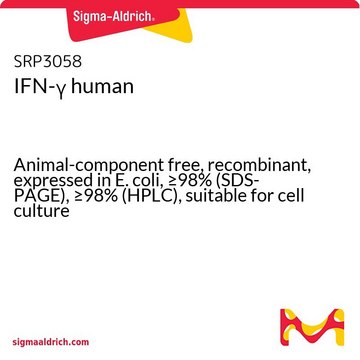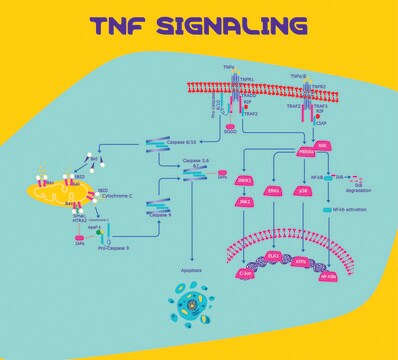W412101
Geranic acid
85%, stabilised
Synonym(s):
3,7-Dimethyl-2,6-octadienoic acid
About This Item
Kosher
Recommended Products
biological source
synthetic
grade
Halal
Kosher
description
Natural occurrence: tea, tomato, wine.
assay
85%
contains
synthetic α-tocopherol as stabilizer
refractive index
n20/D 1.484 (lit.)
bp
250 °C (lit.)
solubility
H2O: insoluble
alcohol: soluble
density
0.97 g/mL at 25 °C (lit.)
application(s)
flavors and fragrances
documentation
see Safety & Documentation for available documents
food allergen
no known allergens
organoleptic
green; floral; woody
SMILES string
C\C(C)=C\CC\C(C)=C\C(O)=O
InChI
1S/C10H16O2/c1-8(2)5-4-6-9(3)7-10(11)12/h5,7H,4,6H2,1-3H3,(H,11,12)/b9-7+
InChI key
ZHYZQXUYZJNEHD-VQHVLOKHSA-N
Looking for similar products? Visit Product Comparison Guide
Related Categories
General description
Application
Biochem/physiol Actions
Disclaimer
signalword
Warning
hcodes
Hazard Classifications
Acute Tox. 4 Dermal - Skin Irrit. 2
Storage Class
10 - Combustible liquids
wgk_germany
WGK 3
flash_point_f
271.4 °F - closed cup
flash_point_c
133 °C - closed cup
ppe
Eyeshields, Faceshields, Gloves, type ABEK (EN14387) respirator filter
Choose from one of the most recent versions:
Already Own This Product?
Find documentation for the products that you have recently purchased in the Document Library.
Global Trade Item Number
| SKU | GTIN |
|---|---|
| W412101-100G-K | 4061837537967 |
| W412101-SAMPLE-K | 4061838194015 |
| W412101-100G | |
| W412101-1KG | |
| W412101-1KG-K | 4061838183439 |
| W412101-SAMPLE |
Our team of scientists has experience in all areas of research including Life Science, Material Science, Chemical Synthesis, Chromatography, Analytical and many others.
Contact Technical Service








